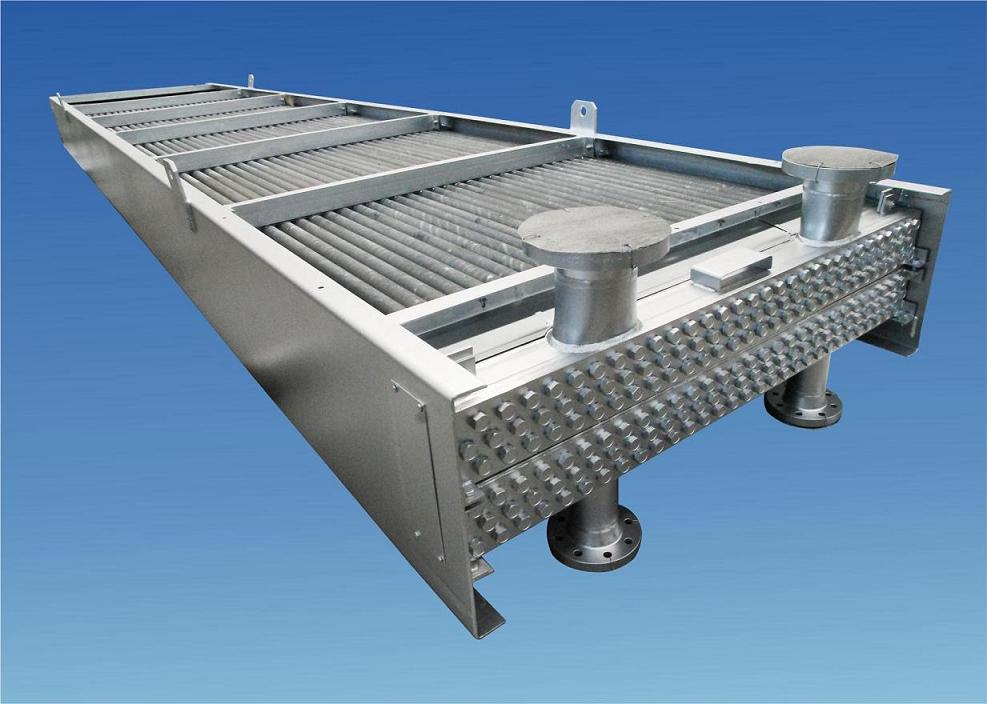The Evolution of Air Cooled Heat Exchangers
Air Cooled Heat Exchangers (ACHE’s) have experienced critical advancement over the a long time, driven by progressions in innovation, materials, and plan standards. The advancement of Hurts can be followed through a few key stages:
1. Early Designs:
The concept of discuss cooling has roots in early mechanical applications, where basic finned tubes uncovered to surrounding discuss were utilized to scatter heat. These early plans were essential but viable in certain applications.
2. Horizontal and Vertical Configurations:
As mechanical forms advanced, engineers started to test with diverse setups. Level and vertical courses of action of finned tubes permitted for adaptability in pleasing different spatial limitations in mechanical plants.
3. Forced Draft and Induced Draft Systems:
The presentation of constrained draft and actuated draft frameworks stamped a noteworthy headway. Constrained draft frameworks utilize fans to thrust discuss over the tubes, whereas initiated draft frameworks utilize fans to drag discuss through the tube bundle. This advancement upgraded the control of wind stream and heat scattering.
4. Increased Surface Area:
To improve heat exchange effectiveness, the plan center moved towards expanding the surface zone of the finned tubes. This was accomplished through the utilize of expanded surface tubes, such as those with fundamentally balances or remotely joined blades, maximizing the contact region with the cooling discuss.
5. Advanced Fin Designs:
Analysts and engineers started testing with different blade geometries to upgrade heat exchange. Louvered balances, wavy balances, and other progressed blade plans were presented to optimize airflow and increment heat execution.
6. Materials and Corrosion Resistance:
Advancements in materials science driven to the utilize of corrosion-resistant combinations for tubes and balances, expanding the solidness of Hurts and permitting for their application in corrosive situations, such as those found in chemical and petrochemical industries.
7. Noise Reduction and Environmental Considerations:
Engineers centered on minimizing the clamor produced by air-cooled heat exchangers, particularly in urban and private regions. Moreover, natural contemplations driven to the advancement of plans that diminished the affect on neighborhood ecosystems and minimized water utilization.
8. Variable Speed Fans and Controls:
The integration of variable speed fans and progressed control frameworks permitted for energetic alteration of wind stream based on the heat stack. This not as it were expanded vitality productivity but moreover empowered way better temperature control in shifting working conditions.
9. Compact Footprint and Modular Designs:
Advancing industry needs for space optimization and ease of establishment drove the improvement of more compact and secluded Hurt plans. These developments encouraged less demanding integration into existing plants and permitted for adaptability.
10. Enhanced Maintenance and Observing:
The consolidation of highlights such as online checking frameworks, prescient support instruments, and easy-access plans have streamlined maintenance methods, contributing to progressed unwavering quality and diminished downtime.
11. Smart Technologies:
The approach of Industry 4.0 and the Internet of Things (IoT) has empowered the integration of smart advances in ACHE’s. Farther observing, real-time information analytics, and predictive maintenance utilizing sensor systems contribute to improved operational proficiency.
The Evolution of Air Cooled Heat Exchangers has been a ceaseless travel of development, tending to challenges and grasping openings displayed by changing mechanical scenes, natural concerns, and innovative progressions. Nowadays, Throbs play a pivotal part in different businesses, advertising productive and economical arrangements for heat scattering in a wide run of applications.


